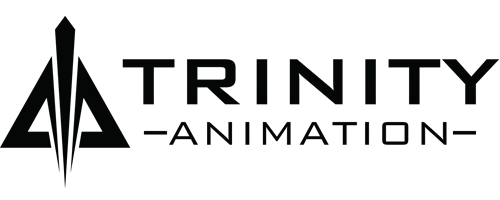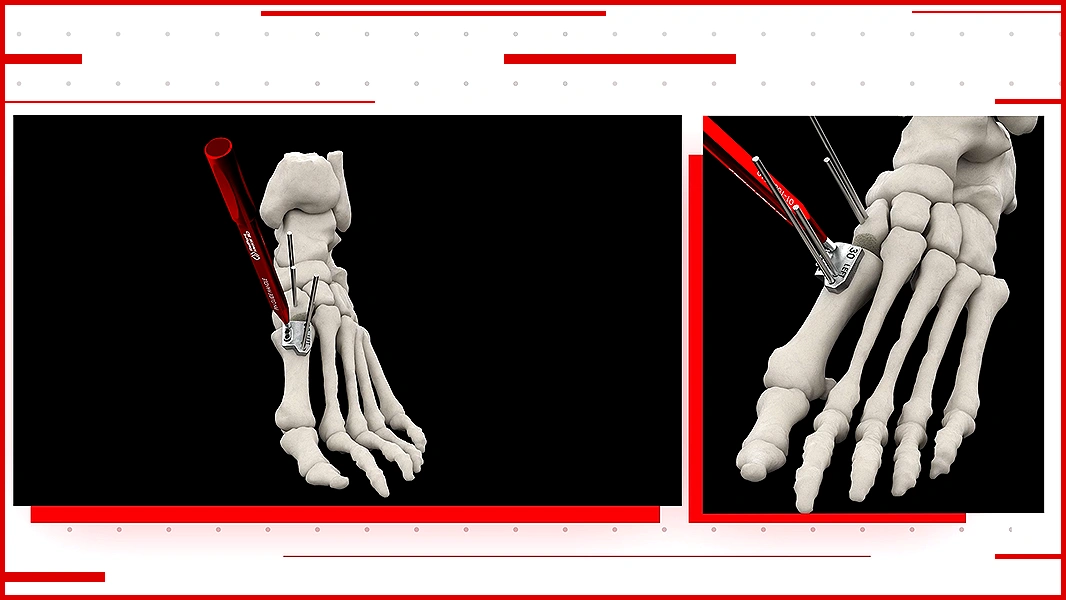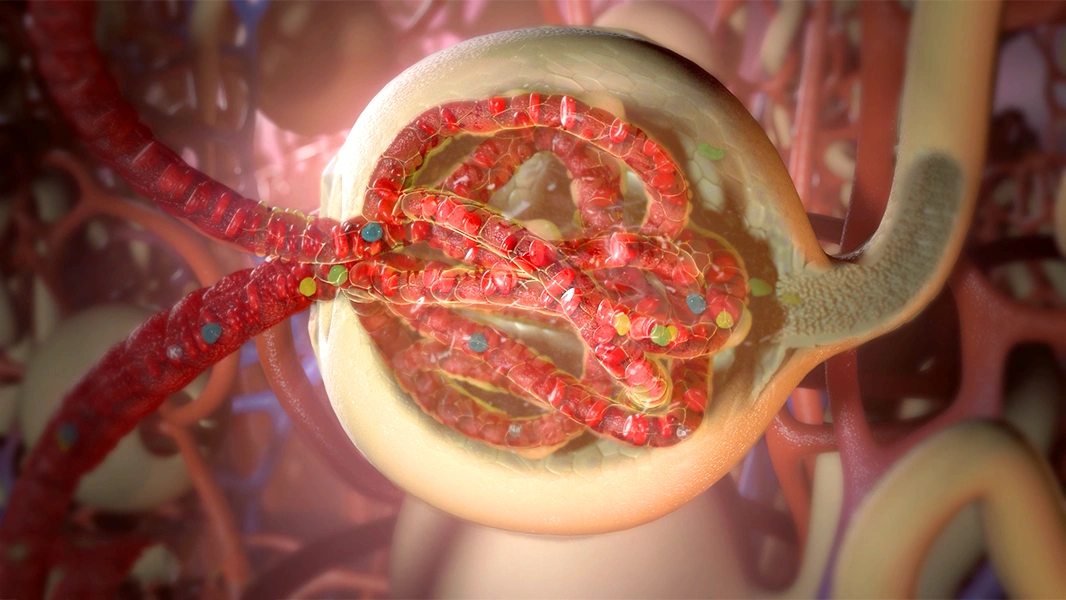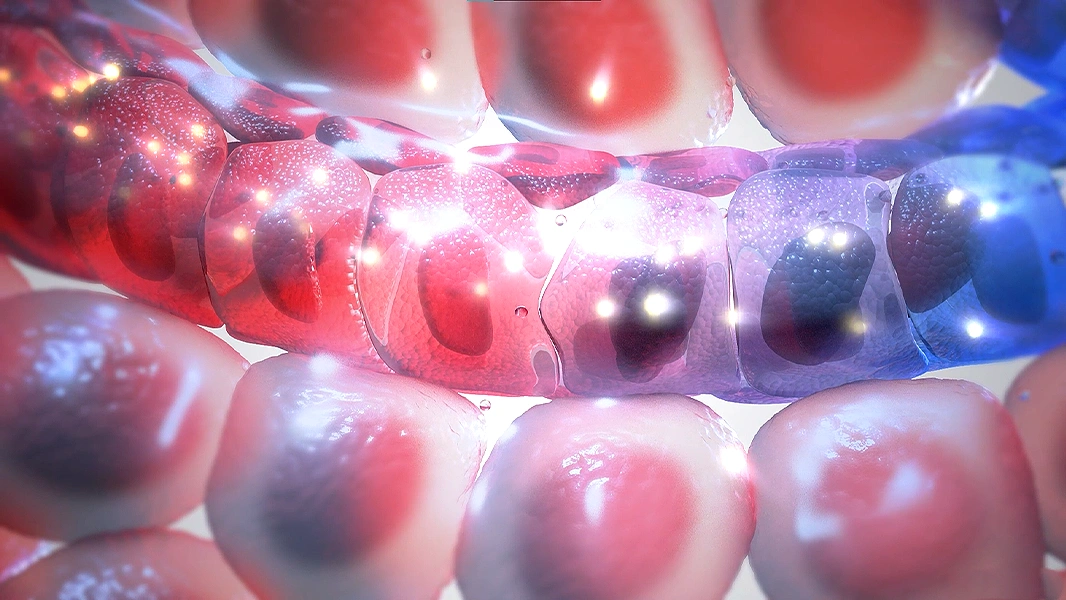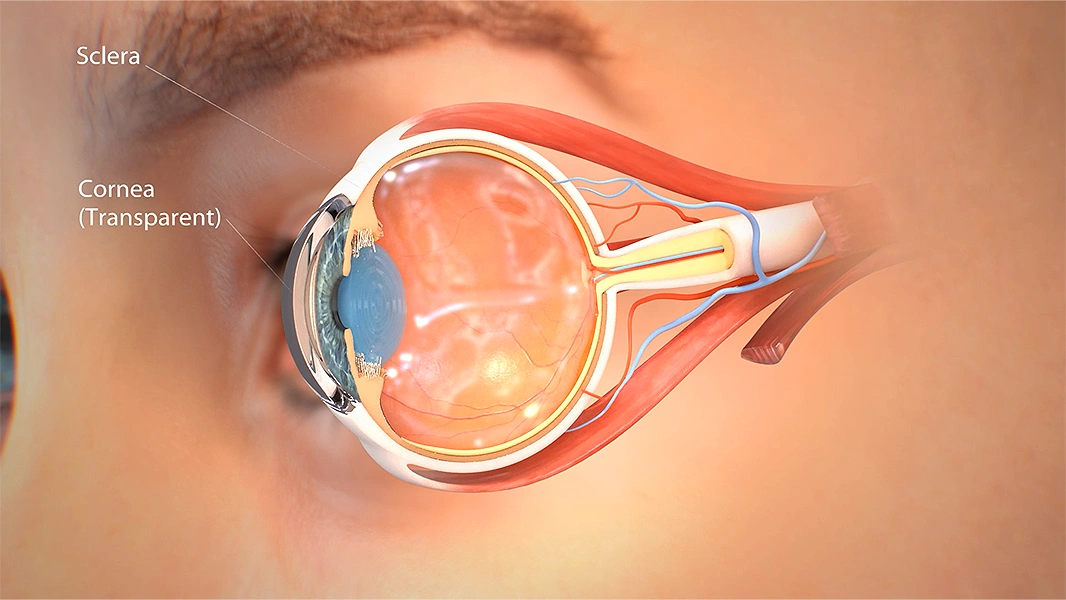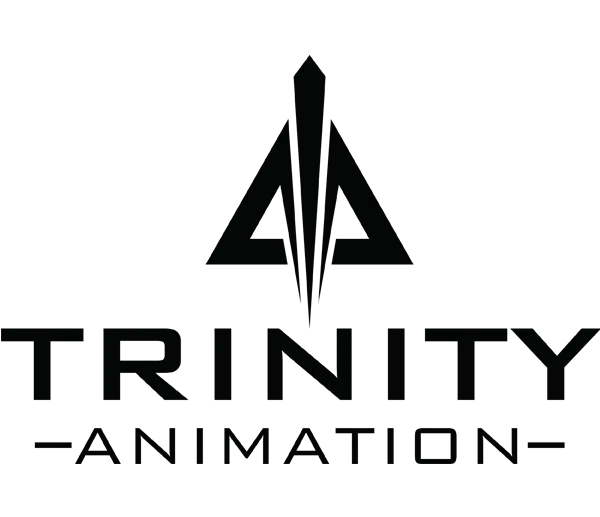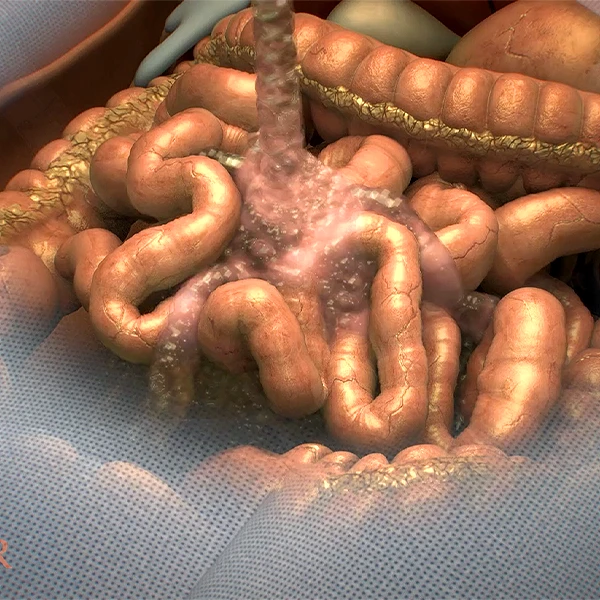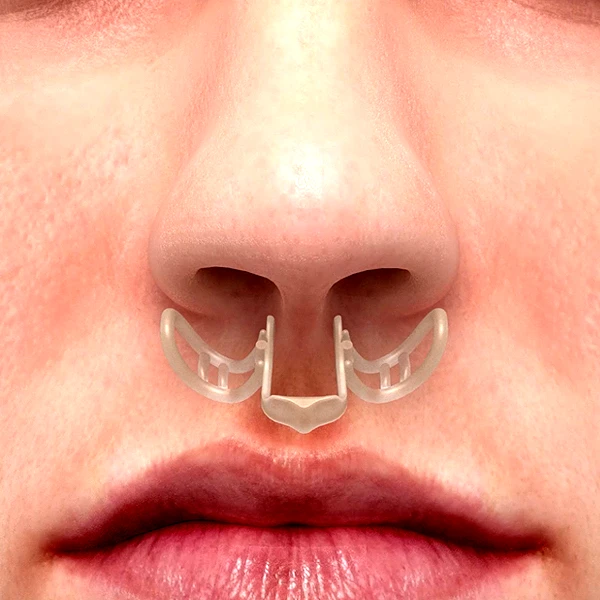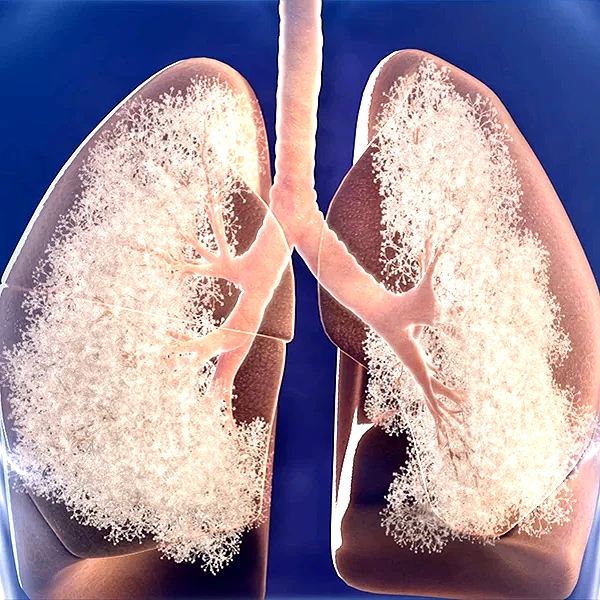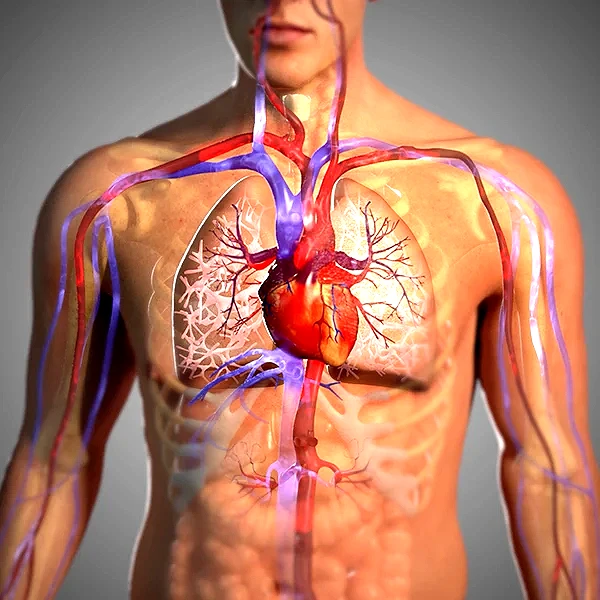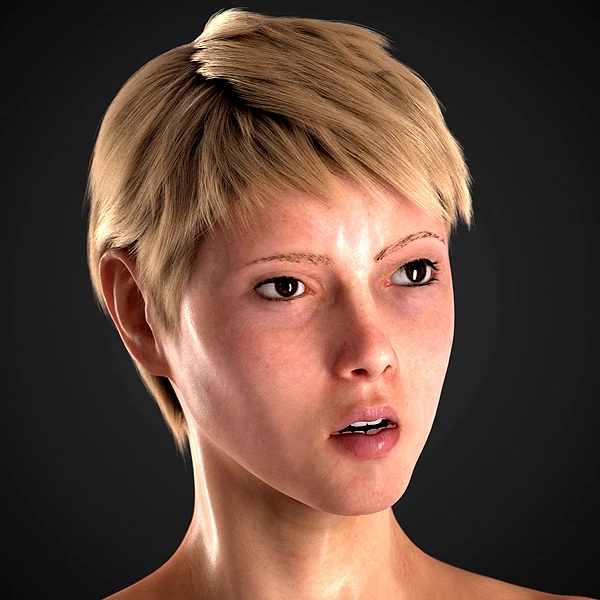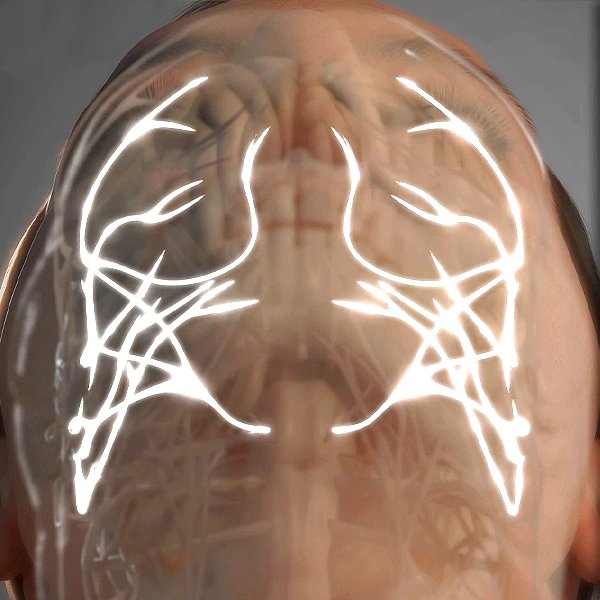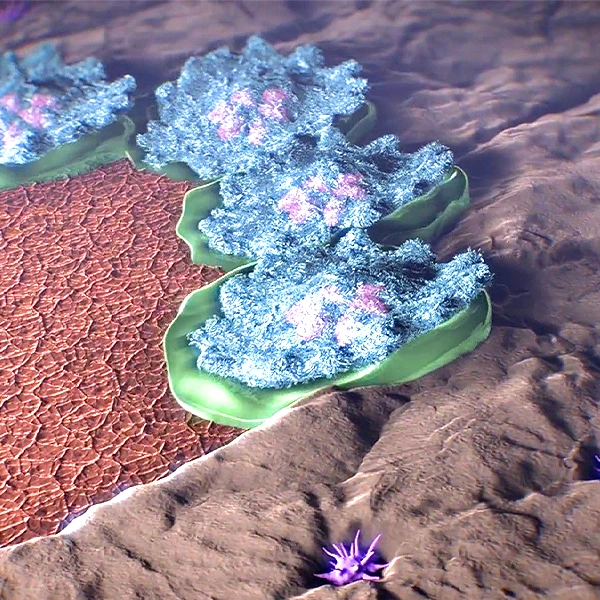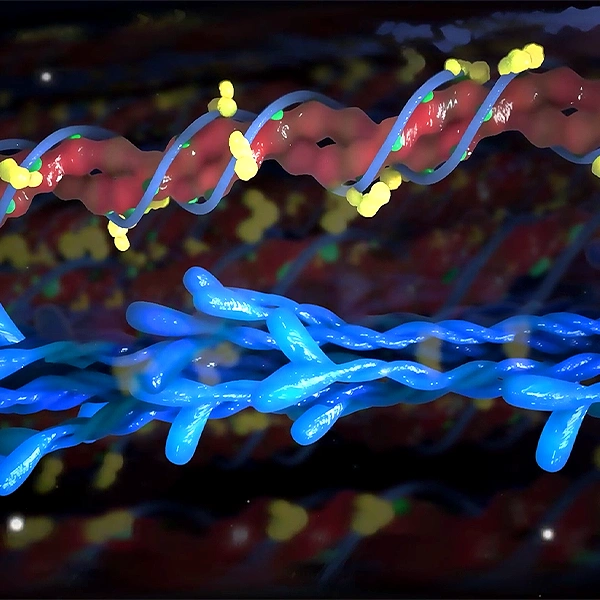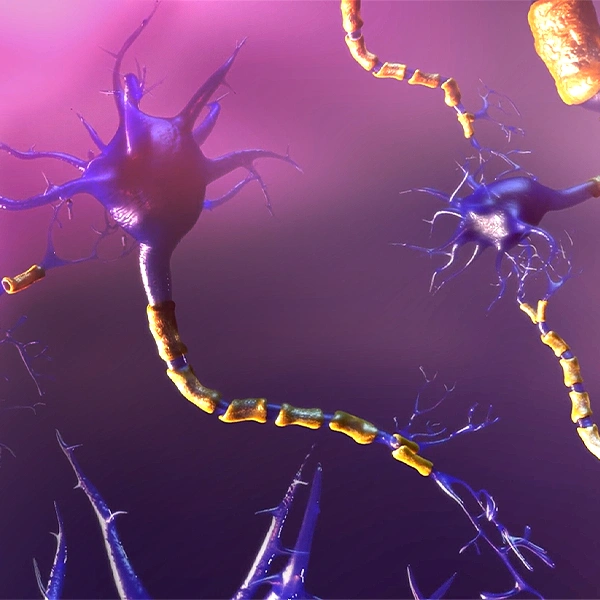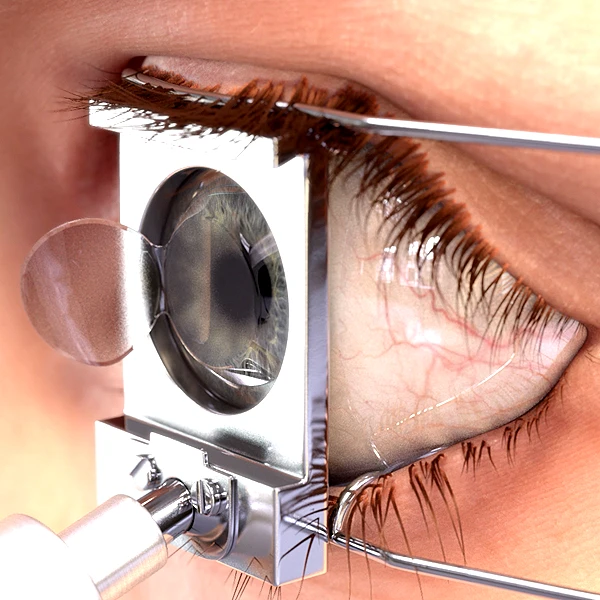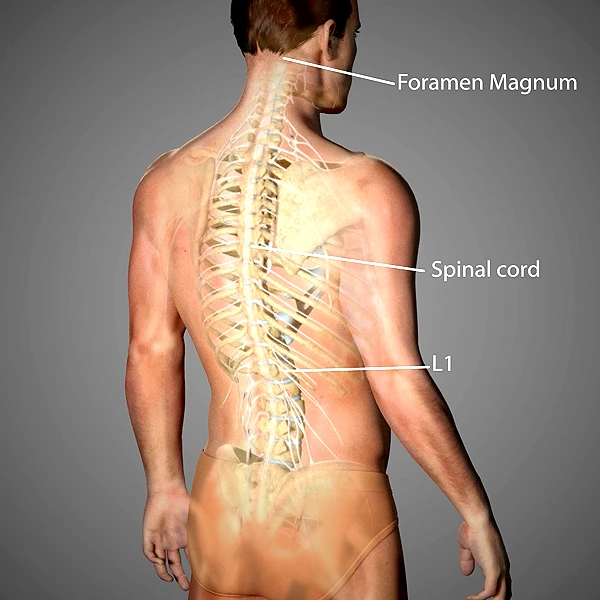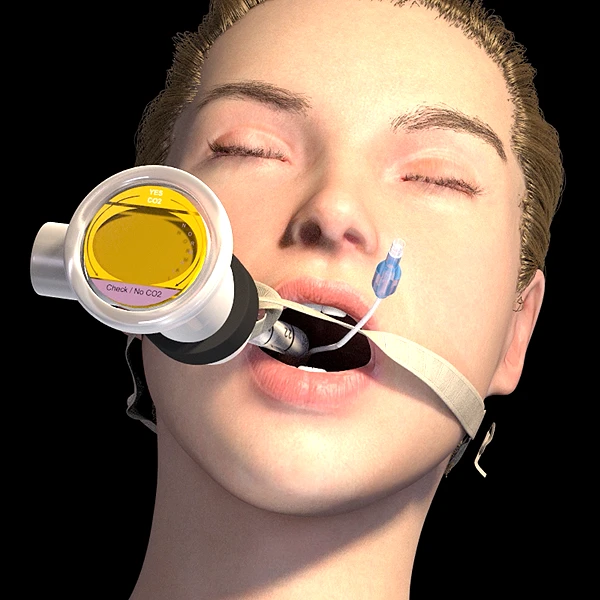Ever wondered how your kidneys work their magic? We take you on a mind-blowing 3D journey inside these incredible organs with our jaw-dropping medical animation!
Kansas City-based animation studio, Trinity Animation, brings the renal system to life with:
Mesmerizing 3D models: Explore every nook and cranny of the kidneys, from the intricate nephrons to the powerful renal pyramids.
Microscopic marvels: Witness the filtration process at a cellular level, seeing waste vanish and essential nutrients return to your bloodstream.
Unveiling the unseen: Witness the filtration, reabsorption, and secretion dance in action, understanding how your kidneys keep you healthy.
Visual feast for the mind: Be captivated by stunning visuals that make learning about the renal system enjoyable and unforgettable!
Ready to unlock the mysteries of your kidneys? Watch our breathtaking 3D animation now and:
Impress your audience with cutting-edge medical visuals in presentations, websites, or patient education materials.
Boost understanding for medical professionals, students, and patients alike.
Ditch the confusing textbooks and embrace the power of visual learning.
Contact Trinity Animation today! We'll craft a custom 3D medical animation that engages, educates, and inspires.

